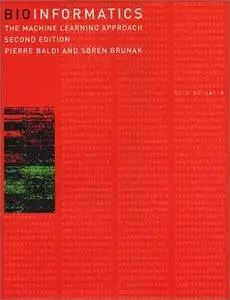Edward Harrison, «Masks of the Universe: Changing Ideas on the Nature of the Cosmos, 2nd Edition»
Cambridge University Press | ISBN 0521773512 | 2003 Year | PDF | 3,69 Mb | 342 Pages
Cambridge University Press | ISBN 0521773512 | 2003 Year | PDF | 3,69 Mb | 342 Pages
To the ancient Greeks the universe consisted of earth, air, fire and water. To Saint Augustine it was the Word of God. To many modern scientists it is the interaction of atoms and waves, and in years to come it may be different again. What then is the real universe? History shows that in every age society constructs its own universe, believing it to be the real and final one. Yet these are only models, or masks covering what is not understood and not known. This book brings together fundamental scientific, philosophical, and religious issues in cosmology, raising thought provoking questions. In every age people have pitied the universes of their ancestors, convinced that they have at last discovered the full truth. Do we now stand at the threshold of knowing everything, or will our latest model also be rejected by our descendants?



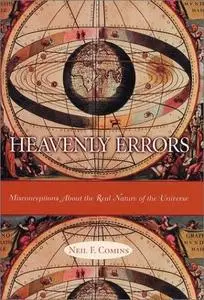
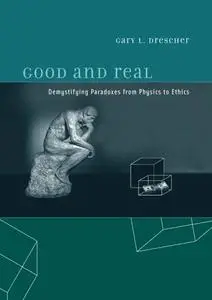
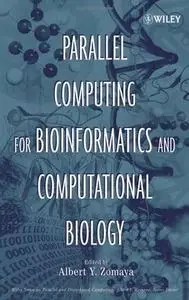
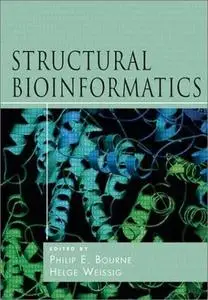
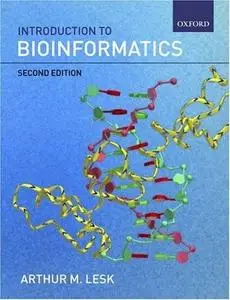
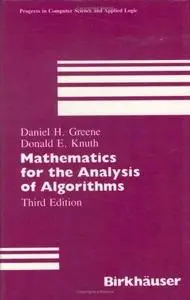
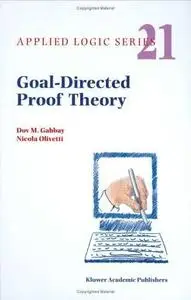
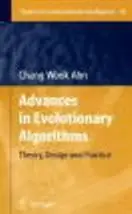
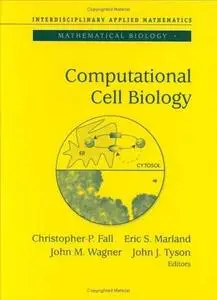
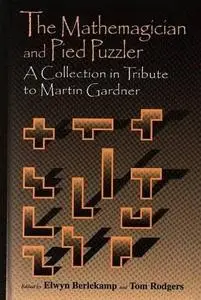
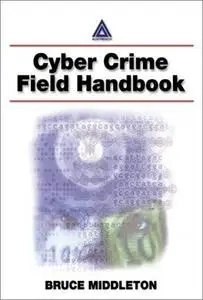
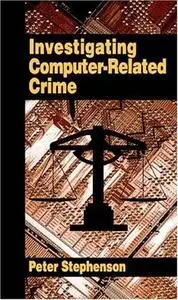
![[Repost/Reupload] Fundamentals of Telecommunications, 2nd Edition](https://pixhost.icu/avaxhome/5a/ae/0000ae5a_medium.jpg)
